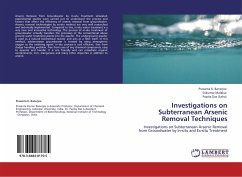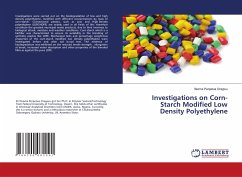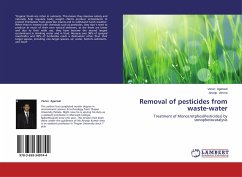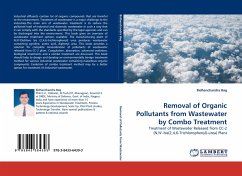Arsenic Removal from Groundwater by In-situ Treatment simulated experimental studies were carried out to understand the process and factors that affect the efficiency of arsenic removal from groundwater. Arsenic removal technologies by ex-situ method are very well researched and technically implemented. Compared to this, in-situ water treatment is a very new and innovative technology. The process of in-situ treatment of groundwater virtually transfers the processes of the conventional above ground water treatment plants into the aquifer. The underground aquifer is used as a natural biochemical reactor and acts as a filter itself. In this method, subterranean groundwater is treated by using atmospheric oxygen as the oxidizing agent. In-situ process is cost efficient, free from sludge handling problem, free from uses of any chemical compounds, easy to operate and handle. It is eco friendly and can remediate organic contaminants, iron, manganese and many other impurities in additionto arsenic.








